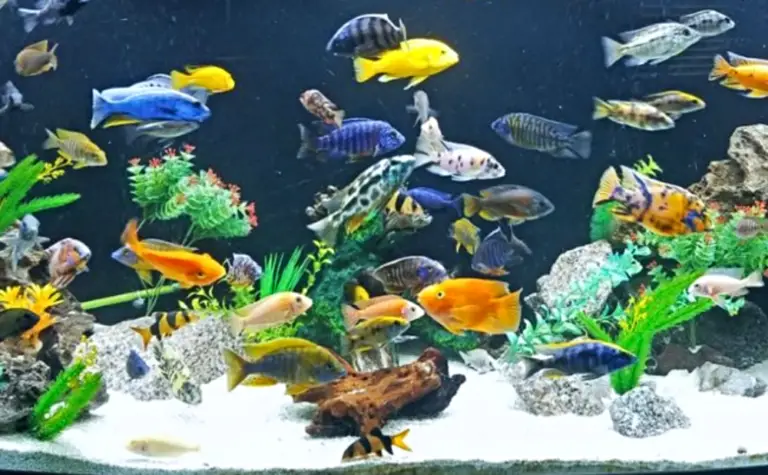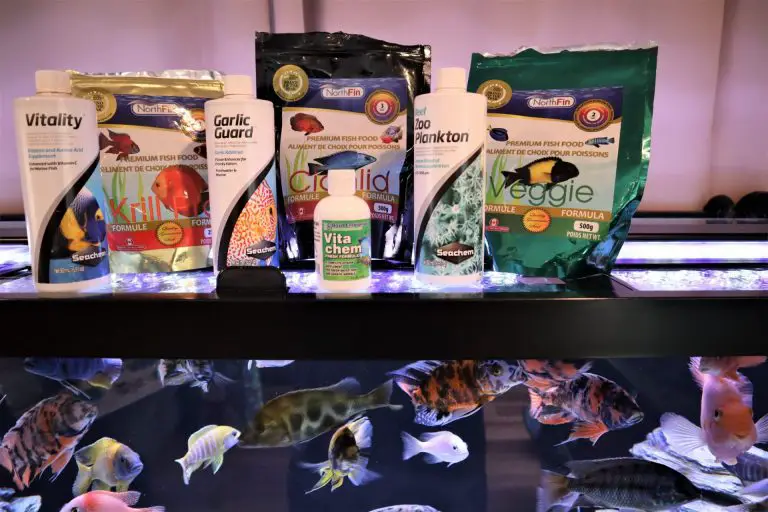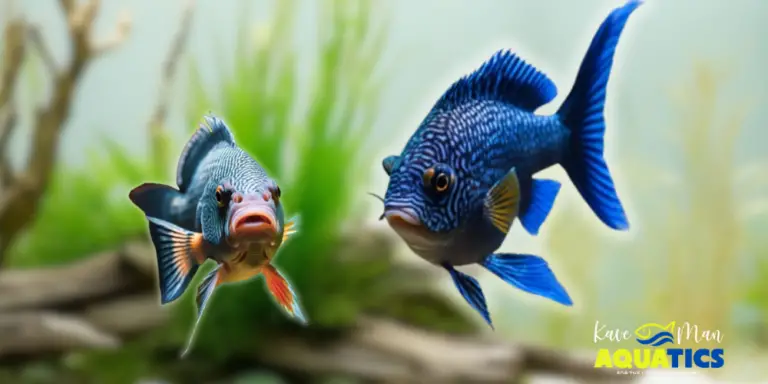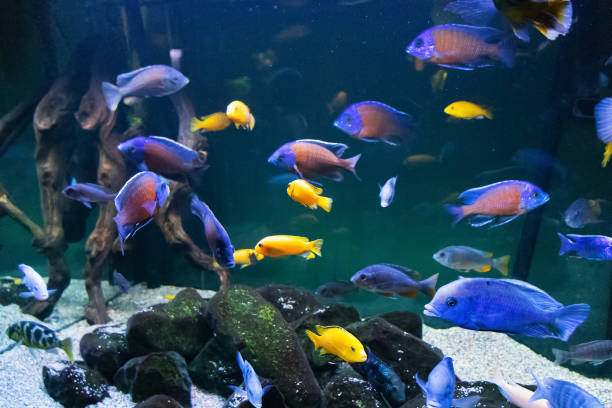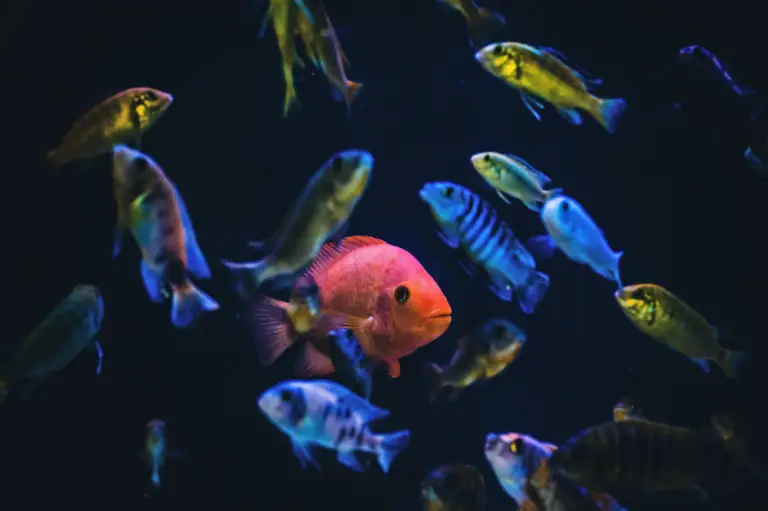Adding New Cichlids to an Established Tank (7 Easy Steps)
Adding new cichlids to an established tank can be daunting – especially if you’ve never done it before! Oh, and don’t forget about the fact that African cichlids are feisty which can make the process more difficult.
Introducing new fish to an established tank is a stressful process, both for the fish and the fishkeeper. In this article, we have # easy steps to ensure all your fish are healthy and safe (and to calm your nerves).
1) But First, Quarantine
First and foremost, before you get too excited and add your new cichlids to the tank, they need to be quarantined in their own separate tank! Why? A quarantine tank helps prevent diseases from spreading and lower the fish’s stress levels.
Ultimately, quarantining your new friend fish will help them feel a little more comfortable with their new home. If you’re not sure how to get started, we have a simple guide on how to quarantine fish.
2) Medication Time
Quarantine and medication are inextricably linked. However, if you don’t notice any signs or symptoms of diseases or parasites, you should let the new African cichlids go through the quarantine period before introducing them into the established tank.
If you notice any signs of diseases or parasites, it’s time to medicate! Introducing the “Quarantine Couple” (QC): Seachem ParaGuard and Seachem Metroplex. One treats the new fish externally and the other internally.
Learn more about aquarium medications and the different types of fish diseases.
3) Do a Water Change
Get your water change equipment ready! Now is the perfect time to do a water change right before adding your new African cichlids. Of course, doing a water change will stress your old fish out. So, why do it now?
By performing a water change in your established tank, you distribute stress evenly among all of your fish, which may reduce their aggression.
Water changes can do more than just help with the addition of new fish; we have an article explaining why water changes are necessary as well as when to do them (specifically for African cichlids).
Here’s a video on how to do a water change (watch and follow).
4) Rearrange the Decor
Rearrange the established tank’s decor. African cichlids have their territories in case you didn’t know. By rearranging the decor, your fish will have to establish new territories – giving the new guys a chance to find their spot.
Similar to doing a water change, rearranging the decor will curb their aggression.
5) Add New Cichlids
Finally! It’s time to add your new cichlids! Using a fishnet, add your new cichlids into the established tank. Safely transfer one fish at a time while keeping an eye on all your fish’s behavior.
During this process, all your fish will be stressed out and hopefully wouldn’t even notice the new cichlids. You may use Seachem StressGuard after adding your new cichlids to the established tank.
Adding a small amount of food into the tank to distract the current fish from the new fish is also helpful.

6) Refill the Water
Now that your new cichlids are added to their new home, you need to refill the water to its previous level – finishing the water change. Very important: You must dechlorinate your tap water.
You can add a dechlorinator before or immediately after adding the tap water. Use Seachem Prime for tanks under 100 gallons or use Seachem Safe for tanks 100 gallons and over.
7) Turn Off the Lights
Lights out! Turn off the tank’s lights. The fish will struggle to see each other and their colors (which will hide their dominance – or lack of). All your cichlids will start to calm down.
Keep the lights off for a few hours and observe their behavior throughout. If you do see any signs of aggression, we have an article on how you can keep your African cichlids from killing each other.
Because tropical aquariums require some darkness, scheduling this entire process at night will be ideal.

Conclusion
And there you have it! We hope that this article has made you (and your fish) more comfortable with adding new cichlids to an established tank. Don’t rush this process, patience is key.
If you want to learn more about keeping African cichlids, we have an online course that covers everything you need to know.


